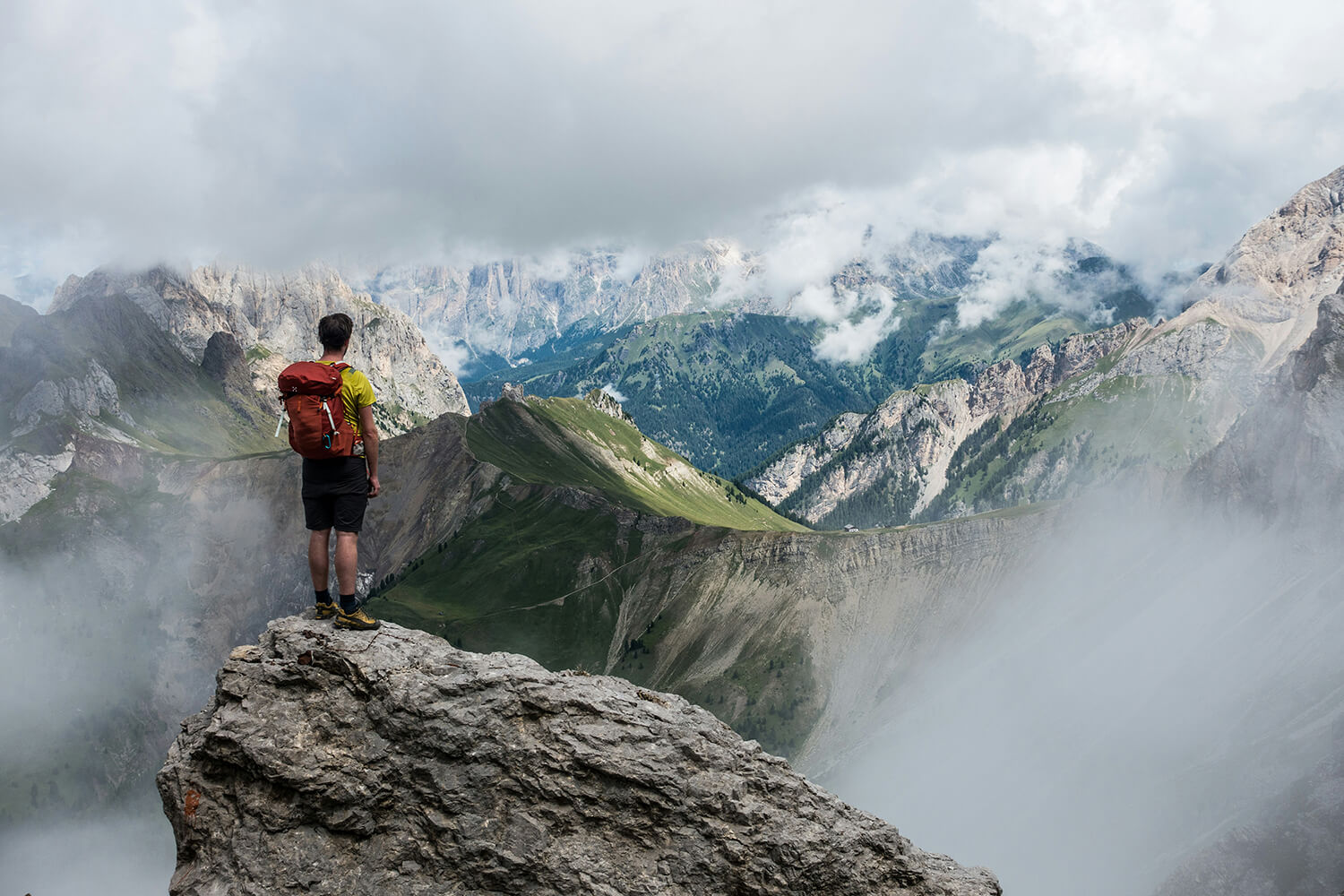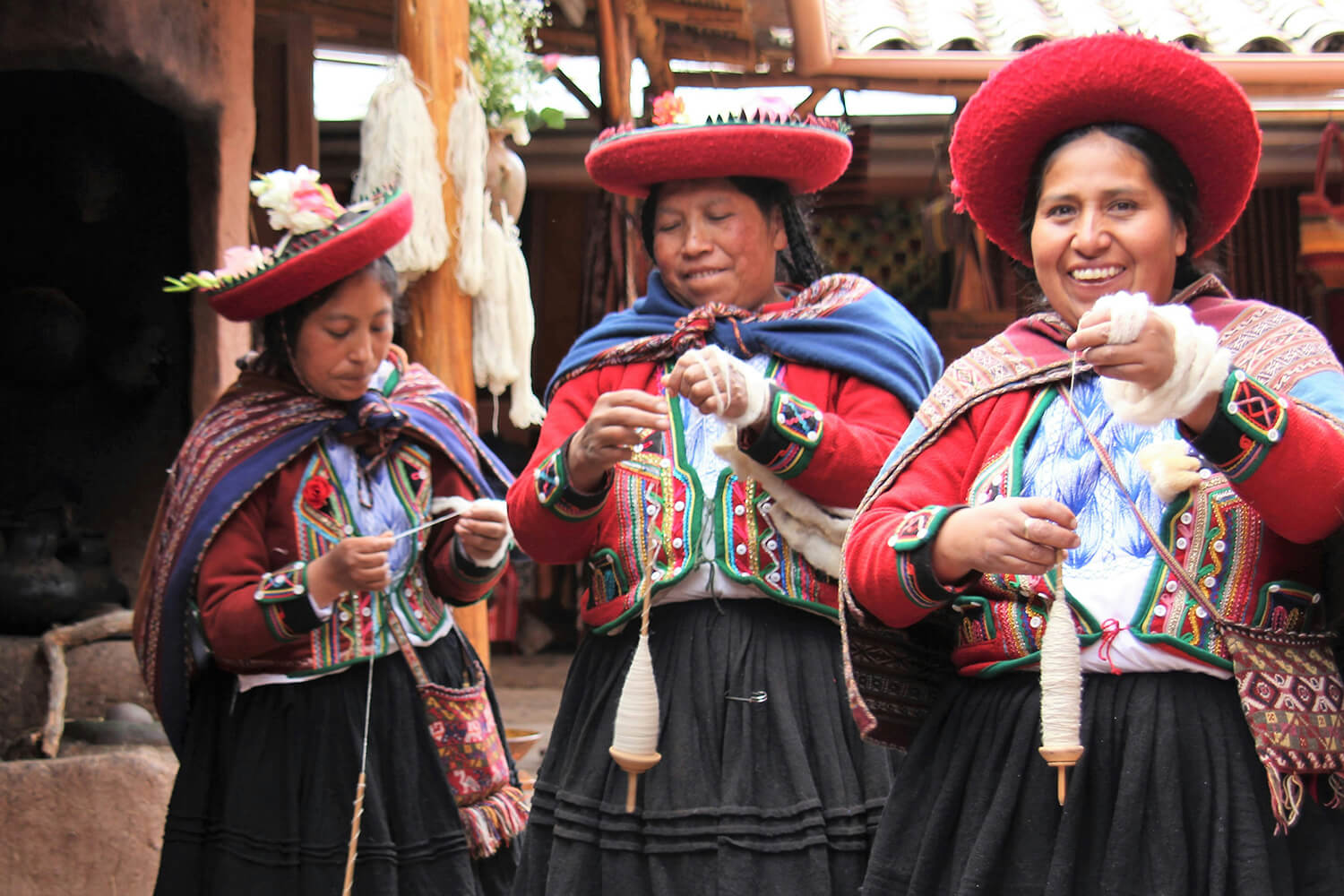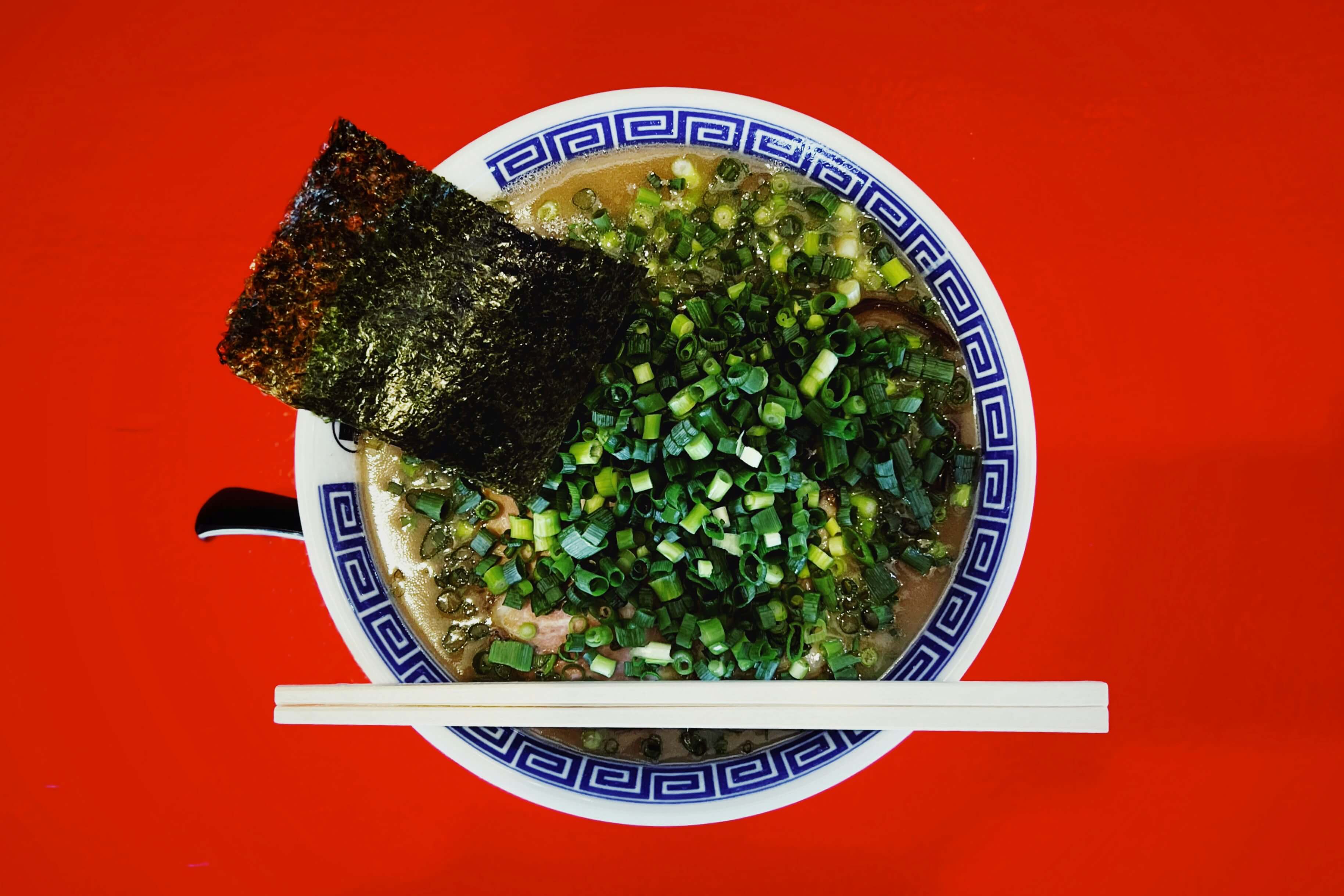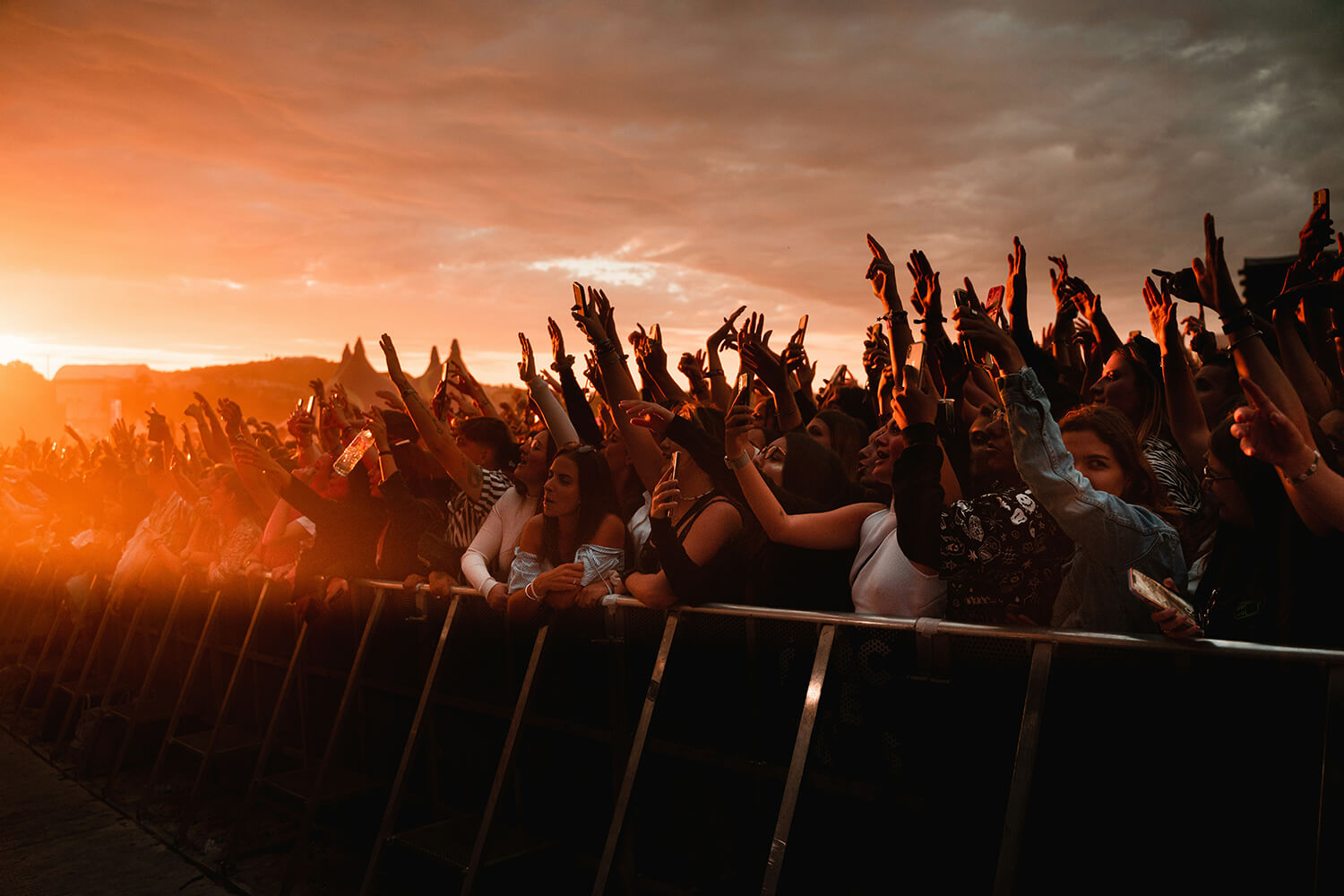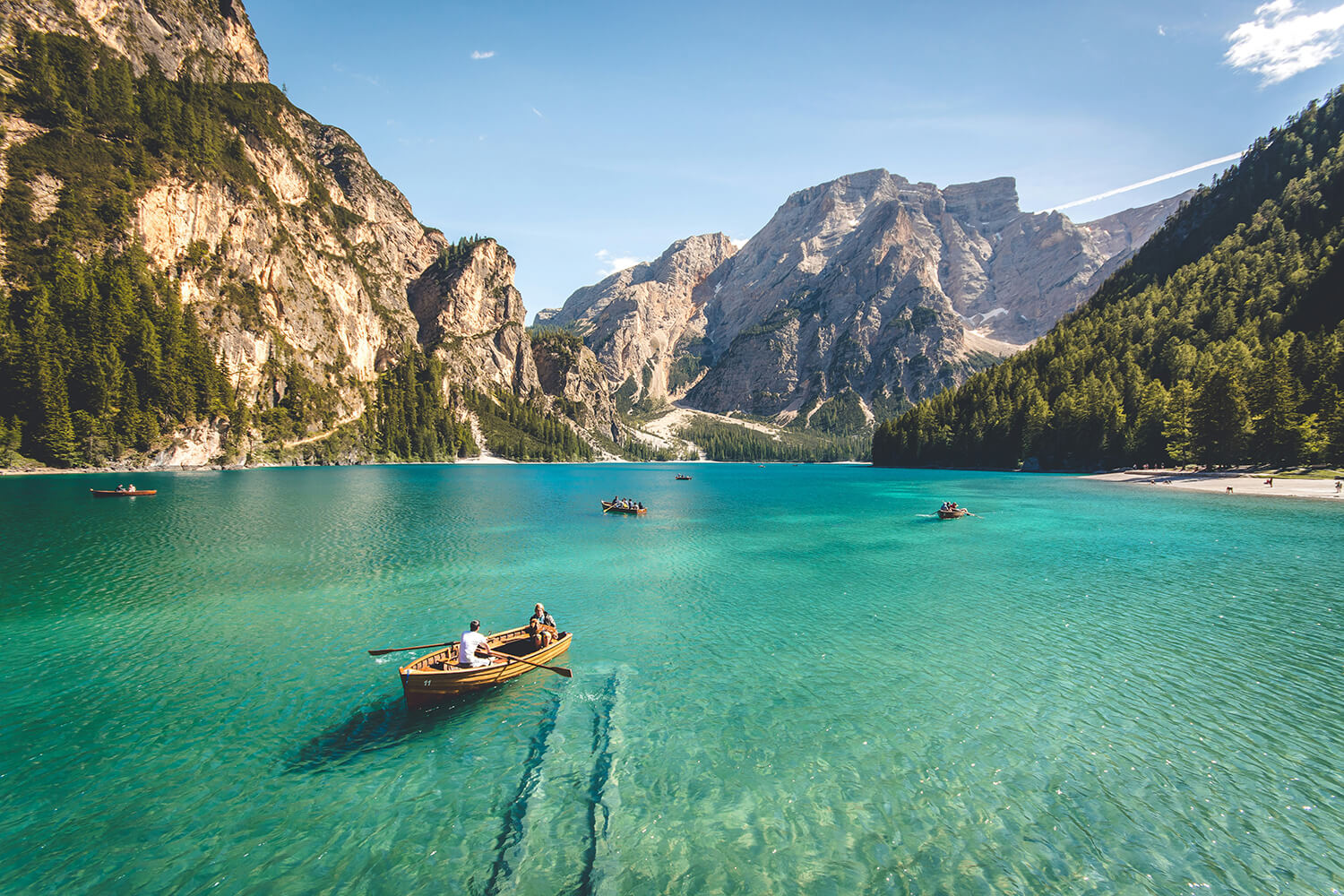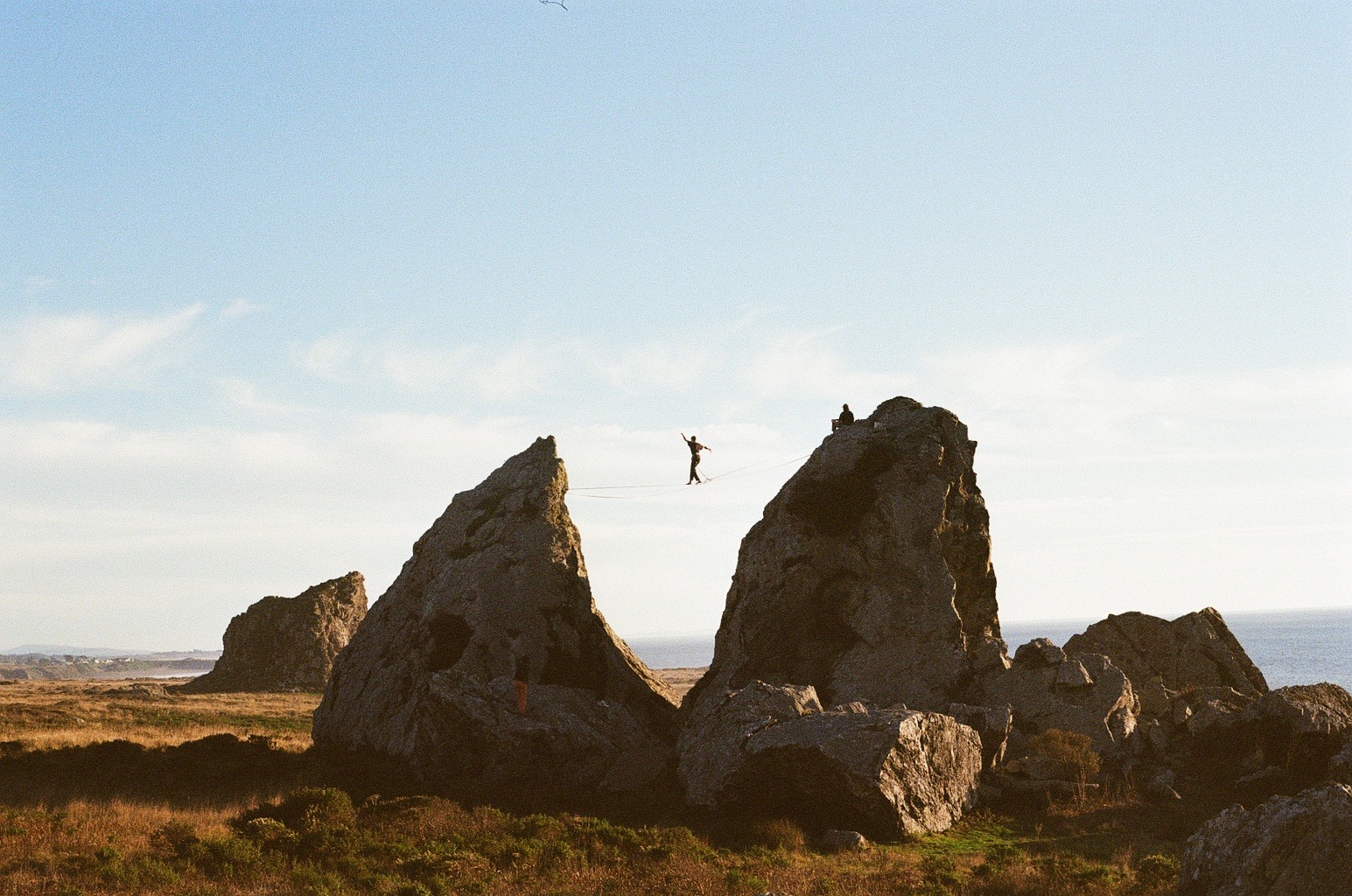What to Pack for the W Trek: An Ultralight Approach With Comfort Alternatives
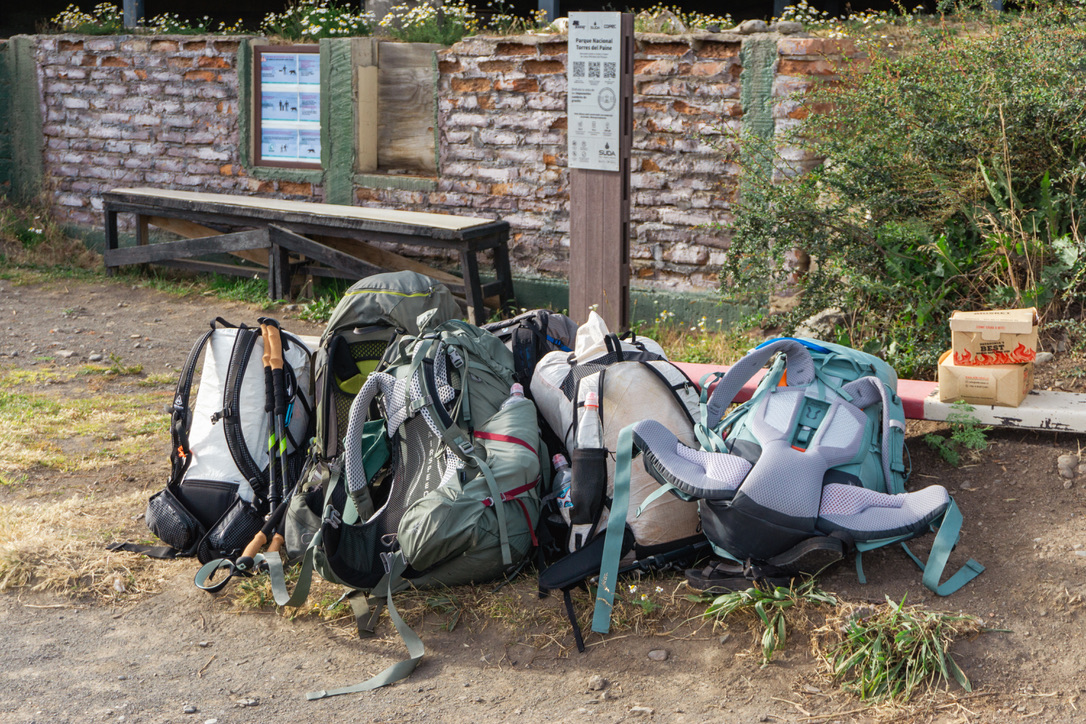
What to Pack for the W Trek: An Ultralight Approach (With Comfort Alternatives)
After completing the W Trek in January 2025, I learned something crucial: you can pack way lighter than you think. Even my ultralight setup felt like overkill in retrospect. Here's my complete gear list with alternatives for different hiking styles, from stripped-down ultralight to comfortable backpacking.
The Game-Changer: You Don't Need to Carry Much Food
This is the single most important thing to know about the W Trek: almost every campsite has a kitchen or shop where you can buy hot meals. You're not carrying 5-8 days of freeze-dried meals like most backcountry trips.
Most refugios offer pizza, pasta, empanadas, and cold beverages. Only one campsite (Campamento Francés/Italiano) has more limited options—mainly a small shop selling instant ramen and basic supplies. Even there, you're not going hungry.
I packed 2 pounds of food per day, which was total overkill. You really only need:
- Breakfast items (instant coffee, oatmeal, or buy breakfast at the refugio)
- Snacks for the trail (energy bars, nuts, chocolate)
- Maybe one emergency dinner
This alone saves 8-10 pounds compared to typical backcountry trips.
My Ultralight Setup: 12 Pounds Base Weight
Here's what I actually carried, with a base weight of approximately 12 lbs (before food and water):
The Big Three
Pack: Palante Desert Pack (19.9 oz)
- Frameless, minimalist pack
- 40-50L capacity
- Works great when you're keeping things light
Alternatives:
- Comfort option: Osprey Atmos AG 50 or Gregory Baltoro (4-5 lbs) - These have hip belts, frames, and padding for carrying heavier loads more comfortably
- Mid-weight option: Granite Gear Crown2 60 (2.3 lbs) - Frame but still lightweight
- Budget ultralight: REI Flash 55 (2.5 lbs) - Good entry point to lighter packing
Shelter: Trekking Pole Tent (32 oz) + Polycro Groundsheet (2 oz)
- I used a basic single-wall trekking pole shelter
- It was REALLY wet when I went, and this held up fine
- Trekking poles double as tent poles
Alternatives:
- Ultralight upgrade: Zpacks Duplex (19 oz) or Tarptent Double Rainbow (28 oz) - More weather protection, roomier
- Comfort option: Big Agnes Copper Spur HV UL2 (3 lbs) - Freestanding, easier setup, more livable space
- Budget option: Naturehike Cloud-Up 2 (4 lbs) - Solid double-wall tent under $200
- Rental option: Most shops in Puerto Natales rent tents if you don't want to buy
Sleep System:
- Sleeping bag: Katabatic Alsek 20°F quilt (26 oz)
- Sleeping pad: Big Agnes Air Core insulated (21 oz)
- Pillow: Sea to Summit Aeros (1.8 oz)
Total: 3 lbs
Alternatives:
- Warmer/comfort sleeping bag: Marmot Phase 20°F (2.5 lbs) or Western Mountaineering UltraLite (2 lbs) - Traditional mummy bags if you don't like quilts
- Budget sleeping bag: Kelty Cosmic 20°F (3 lbs) - Great value
- Warmer quilt: Enlightened Equipment Enigma 10°F (28 oz) - January can be cold
- Comfort pad: Nemo Tensor Insulated (16 oz, more comfortable) or Therm-a-Rest NeoAir XLite (12 oz, warmer but crinkly)
- Budget pad: Klymit Static V2 (20 oz) - Decent comfort for the price
- Pillow upgrade: Nemo Fillo (6 oz) - Much more comfortable but heavier
Footwear and Hiking
Footwear: Topo Pursuit 2 Trail Runners (24 oz)
- I hiked in trail runners, not boots
- The trail is well-maintained and doesn't require ankle support
- They dried faster after wet sections
Alternatives:
- Traditional option: Salomon Quest 4 GTX boots (3+ lbs) - If you prefer ankle support and waterproofing
- Other trail runners: Altra Lone Peak (25 oz), Hoka Speedgoat (27 oz) - Popular among thru-hikers
- Approach shoes: La Sportiva TX4 (28 oz) - Good middle ground between runners and boots
Trekking Poles (14 oz for pair)
- Essential. Don't skip these.
- Remember: You can't carry them on the plane, so rent in Puerto Natales or check your bag
Alternatives:
- Ultralight: Black Diamond Distance Carbon Z (13 oz/pair)
- Budget: Cascade Mountain Tech poles from Costco (18 oz/pair, $30)
- Rental: All gear shops in Puerto Natales rent poles for about $8/day
Clothing System
Worn on Body:
- Evadict convertible hat (39g)
- Smith sunglasses (1 oz)
- Breathable shirt (synthetic or merino)
- Vuori shorts (3 oz)
- Merino buff (2 oz)
- Injinji toe socks (2 oz) - Prevented blisters
Extra Clothes Packed (Total: 2.26 lbs):
- Frogg Toggs rain jacket (5.5 oz) - Ultra-cheap, ultra-light, worked great
- RAB Electron down jacket (18 oz) - Essential for camp
- Mountain Hardwear Airmesh midlayer (4 oz)
- Uniqlo thermal bottoms/long johns (3 oz)
- Wind pants/dance pants (3.6 oz) - Lightweight layer for camp
- Smartwool sleep socks (2 oz)
Key Notes:
- No rain pants—I used wind pants + shorts
- It rained A LOT and this system worked
- Bring more warm layers than rain layers
Alternatives for Comfort:
- Rain pants: Add Frogg Toggs rain pants (5 oz) or Marmot PreCip (9 oz) if you want full coverage
- Warmer down jacket: Patagonia Down Sweater (13 oz) or Arc'teryx Cerium LT (10.8 oz)
- Hiking pants: Prana Stretch Zion (11 oz) - Many people prefer long pants
- Extra baselayer: Another merino or synthetic shirt for layering
Cook System (11 oz total)
What I Brought:
- BRS titanium stove (2 oz) - Ultralight canister stove
- Toaks 750ml pot (3.5 oz)
- Mini Iso fuel canister (4 oz)
- Bic mini lighter (0.5 oz)
- Toaks long spoon (1 oz)
Why This Was Overkill:With food available at every campsite, I barely used my stove. Mostly for morning coffee and occasional instant meals.
Alternatives:
- Skip it entirely: Buy all meals at refugios. Saves 11 oz plus fuel weight.
- Comfort upgrade: Jetboil MiniMo (14.5 oz) - Fast boil times, built-in cup
- Budget option: MSR PocketRocket 2 (2.6 oz) + cheap aluminum pot
Water System (7.7 oz)
- 2x Smartwater bottles (1.3 oz each) - 1L each
- Sawyer Squeeze filter (2 oz)
- CNOC Vecto 2L dirty water bag (3 oz)
Notes: Water sources are abundant on the trail. I usually carried 1-2L between camps.
Alternatives:
- No filter needed: Water is generally safe from streams. Many hikers skip the filter entirely.
- Backup option: Aquamira drops (2 oz) - Lighter than filter
- Hydration bladder: Platypus Hoser 3L (4 oz) if you prefer bladders to bottles
Hygiene and Medical (6.5 oz)
- Basic med kit (1 oz) - Blister supplies, ibuprofen, stomach meds
- Toothbrush and toothpaste (2 oz)
- Sunscreen (2 oz) - Critical! Patagonian sun is intense
- Mini bottle bidet (0.5 oz) - Game changer for backcountry bathroom
- Toilet paper (minimal)
- Hand sanitizer (tiny bottle)
- Wallet/cards/cash in ziplock (1 oz)
Alternatives:
- Add: Biodegradable soap (1 oz) - Refugios have sinks but not always soap
- Add: Microfiber towel (2 oz) - Some refugios have showers
Electronics and Extras (41.5 oz)
This was my heaviest category because I brought camera gear:
- Nitecore NU25 headlamp (1.5 oz) - Rechargeable, fantastic
- Phone (10 oz)
- Sony A6000 camera (21 oz) - Plus spare battery (2 oz)
- Anker external battery (8 oz)
- Victorinox Classic SD multitool (1 oz)
Notes: No service on the trail, so your phone is just for photos and maps. Refugios have charging but outlets are limited.
Alternatives:
- Skip the camera: Use your phone. Saves 1.5 lbs.
- Smaller battery: Anker PowerCore 10000 (6.4 oz) - Plenty for 5 days
- Lighter headlamp: Petzl Bindi (35g) but not as bright
Consumables
- Food: 2 lbs/day (but again, this was way too much)
- Water: 2L carried (64 oz/4 lbs)
What I'd Change Next Time
- Less food - Maybe 1 lb per day max, mostly snacks
- Skip the stove - Or just bring a tiny alcohol stove for coffee
- One less layer - Either skip the midlayer or the wind pants
- Smaller battery - 10000mAh is plenty
Pack Weight Comparison
My Setup:
- Base weight: ~16 lbs
- With food/water: ~22 lbs
Comfort Setup:
- Base weight: ~23-25 lbs
- With food/water: ~29-31 lbs
Ultra-minimalist Setup:
- Base weight: ~12 lbs
- With food/water: ~18 lbs
Critical Reminders
- It will be wet - Patagonia is rainy. Everything should have rain protection.
- Pack lighter than you think - The availability of food at camps changes everything.
- Campsites have services - Most have shops, restaurants, phone charging, and hot showers.
- Weather changes fast - Layering system is more important than any single piece.
- Break in your shoes - Whatever you choose, make sure it's tested before the trek.
Budget Breakdown by Category
Ultralight Setup: $2,500-3,500Mid-weight/Comfort Setup: $1,500-2,000Budget Setup: $800-1,200Rental Everything in Puerto Natales: $100-150 for 5 days
The W Trek doesn't require specialized gear. It's a maintained trail with regular services. My ultralight setup worked great, but honestly, any decent backpacking setup will do the job. The key is accepting that you don't need to haul 8 days of food—that alone transforms what you need to carry.
Pack light, embrace the refugio meals, and enjoy one of the world's most stunning hikes without breaking your back.
My full gear list with weights: https://lighterpack.com/r/ll2vt0
